Trial results indicate improvements in survival and other parameters between all-plant and fish hydrolysate diets
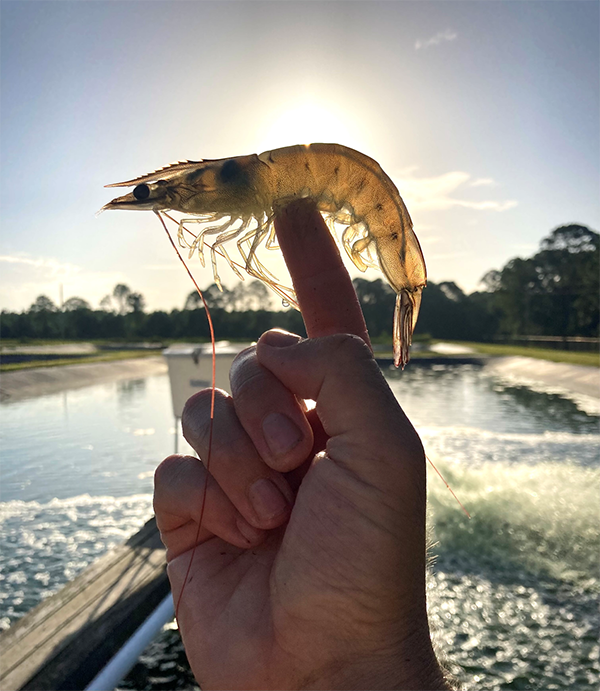
The shrimp farming industry is a major and growing provider of food security and sustainable protein to a rapidly growing human population. In order to fulfill the future protein demand, farming techniques, technologies, and diet formulations must be refined and improved. Many farms are still using unsustainable ingredients as protein sources, and poor feed management often leads to overfeeding. Shrimp feed accounts for the highest variable cost in most operations as well as the initial source of nutrients loaded into the culture system. Therefore, the use of unsustainable ingredients, inefficient diet formulations, and poor feed management produce both economic and ecological problems.
Our work at Auburn University combines the use of new technologies, management practices, and novel diet formulations to improve the efficiency of shrimp production while accounting for economic and environmental objectives.
Passive acoustic monitoring (PAM) utilizes strategically placed hydrophones in the shrimp culture system that constantly record audible behavior of the shrimp. Automated feeding systems integrated with PAM can monitor the feed response of the shrimp, and provide feed based on real-time demand. This prevents under- or overfeeding, resulting in improved growth performance in shrimp when compared to traditional feeding protocols (see: Ullman, et. al.; Ullman, et. al.; and Reis, et. al.). Using PAM integrated feeders in semi-intensive production ponds, Reis investigated the effects of protein sources on Pacific White Shrimp production. This study demonstrated that plant-based protein diets can produce the same growth performance as fishmeal or poultry meal diets when fed using PAM feeders.
It has been well demonstrated that fishmeal is not necessary for adequate shrimp production, but it is crucial to further improve plant-protein diets to support optimal growth and feed conversion. Feed effectors such as attractants and palatability enhancers have been suggested as supplemental ingredients to improve feed intake and enhance the feed response of cultured shrimp for example, in a laboratory feed trial utilizing PAM in a clear water system,
Soares et. al. observed significantly improved growth performance in shrimp fed a krill meal enriched soy protein diet and significantly improved attractability in diets with squid meal and fish hydrolysate.
Study setup
To further investigate the efficacy of krill meal, squid meal, and fish hydrolysate as supplemental attractants in all-plant diets, we conducted similar trials in semi-intensive ponds and a green water recirculating aquaculture system (RAS). The basal diet consisted of soybean meal and corn protein concentrate as the primary protein sources to produce an all-plant basal diet. This diet was based on the diet formulations used in the Reis and Soares et al. studies.
Both the pond trial and RAS trial were conducted at the Alabama Department of Conservation and Natural Resources, Claude Peteet Mariculture Center (CPMC) (Gulf Shores, AL, USA). Postlarvae (PL) of Pacific white shrimp (Litopenaeus vannamei) were provided by American Penaeid (St. James City, FL, USA).
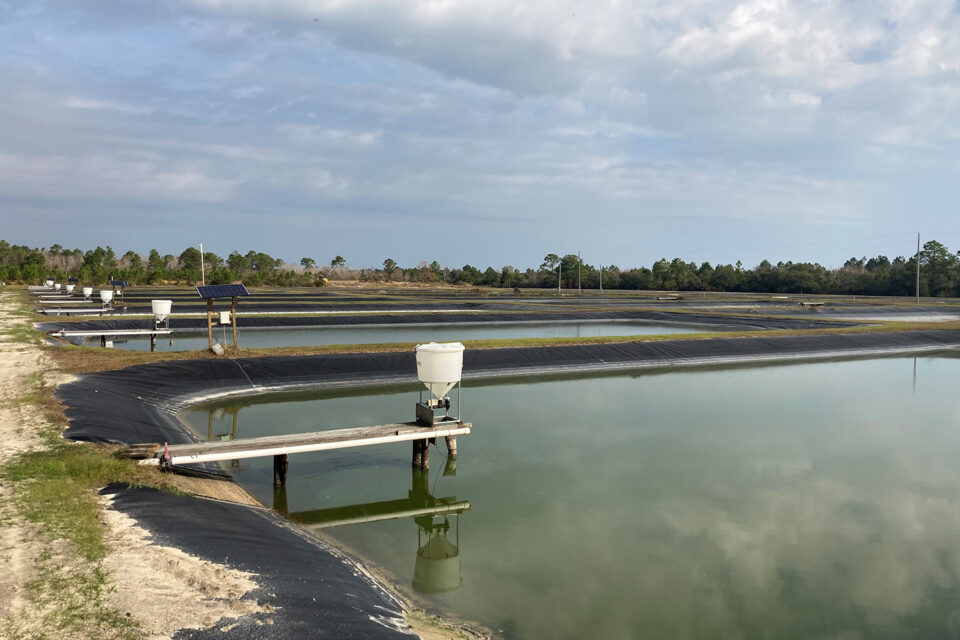
In the 13-week pond trial, each of the sixteen 0.1-hectare, semi-intensive (30 shrimp per square meter) ponds were equipped with its own automated PAM integrated feeding system allowing for demand-style feeding. In the 9-week RAS trial, the twenty-four, 750-liter tanks stocked at 35 shrimp per square meter were fed predetermined amounts that increased throughout the trial based on an FCR of 1.2 and weekly growth of 1.3 grams per week. Both studies compared the growth performance of shrimp fed the basal “All Plant” diet to three diets supplemented with attractants: basal plus 2 percent krill meal, basal plus 2 percent squid meal, and basal plus 4 percent fish hydrolysate.
Walsh, soy-optimized diets, Table 1
| Diets | All Plant Basal | Basal +Krill | Basal +Squid | Basal +Fish Hydro |
|---|
Diets | All Plant Basal | Basal +Krill | Basal +Squid | Basal +Fish Hydro |
|---|---|---|---|---|
| Soybean meal | 56 | 54 | 54 | 56 |
| Wheat | 19.1 | 19.1 | 19.1 | 15.1 |
| Corn gluten meal | 12 | 12 | 12 | 12 |
| Krill meal | - | 2 | - | - |
| Squid meal | - | - | 2 | - |
| Fish hydrolysate | - | - | - | 4 |
| Fish oil | 6 | 6 | 6 | 6 |
| Lecithin | 1 | 1 | 1 | 1 |
| Bentonite | 1.5 | 1.5 | 1.5 | 1.5 |
| Dicalcium phosphate | 4.13 | 4.13 | 4.13 | 4.13 |
| Premix | 0.27 | 0.27 | 0.27 | 0.27 |
| Cost ($/kg) | 1.28 | 1.41 | 1.4 | 1.33 |
Weekly sampling was conducted for the pond trial by cast netting and group weighing approximately sixty shrimp, which provided relative individual growth data and a general health assessment. At the end of the 94–97-day trial, all ponds were fully harvested, and production values were determined. Harmful blue-green algae blooms occurred in some ponds due to heavy rains and a hurricane delayed harvest, further stressing the shrimp. The combination of the stressors led to very low survival rates in some ponds. As a result, six ponds were excluded from the final data set. The remaining ponds in the data set showed no significant differences between diets for any major production parameter except feed input and feed cost.
Results and perspectives
Significantly more of the fish hydrolysate diet was fed to the respective ponds than the all-plant diet, suggesting that the addition of fish hydrolysate to soy optimized diets may increase the intensity of the feed response in Pacific white shrimp in semi-intensive pond culture. The observed increase in feeding activity may also be the result of other factors, such as the abundance of barnacles and insects in the ponds.
No difference was observed for final weight or weekly growth rate in the green water RAS trial. However, there was a significant difference in survival between the basal all-plant treatment (85.83 percent) and the fish hydrolysate treatment (95.83 percent), which led to the final biomass and FCR of the all-plant treatment being significantly different than all other treatments.
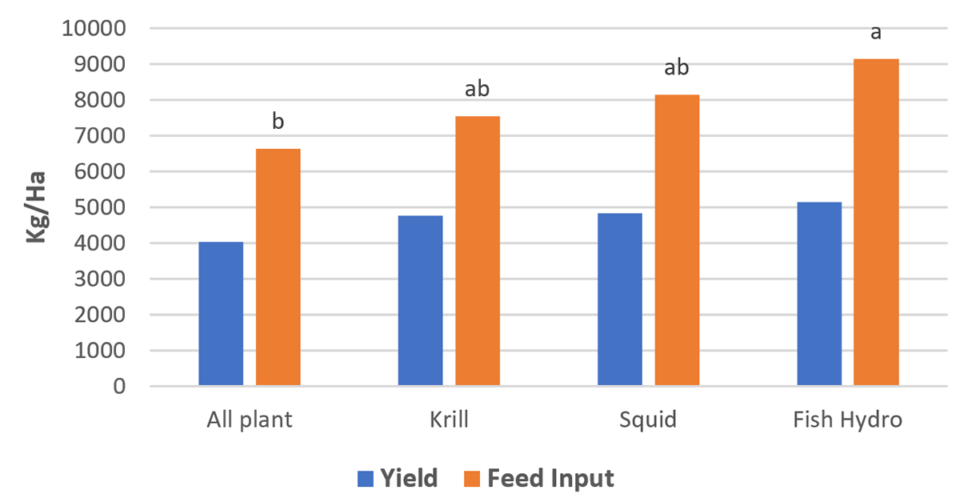
In both trials, a positive response was observed in shrimp fed diets augmented with attractants. In tank-based systems the use of attractants improved production and seems to be a viable improvement for plant-based feeds. Albeit, before conclusions can be drawn on the efficacy and economic benefit of attractant supplements to soy-optimized diets, further research on the subject is required.
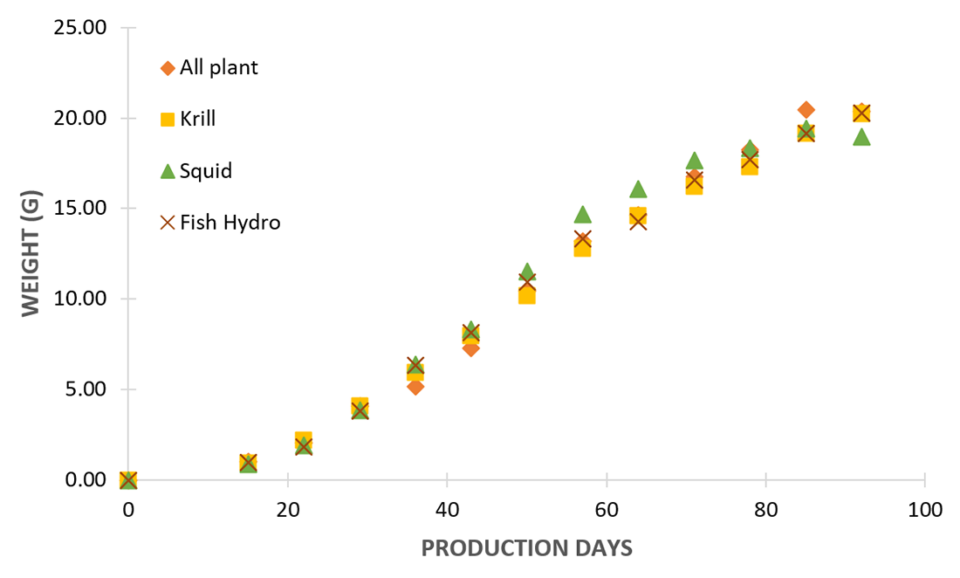
Now that you've reached the end of the article ...
… please consider supporting GSA’s mission to advance responsible seafood practices through education, advocacy and third-party assurances. The Advocate aims to document the evolution of responsible seafood practices and share the expansive knowledge of our vast network of contributors.
By becoming a Global Seafood Alliance member, you’re ensuring that all of the pre-competitive work we do through member benefits, resources and events can continue. Individual membership costs just $50 a year.
Not a GSA member? Join us.
Authors
-

Samuel Walsh
Graduate Research Assistant and corresponding author
School of Fisheries, Aquaculture and Aquatic Sciences, Auburn University
Auburn, Alabama 36849-5419 USA -

Khanh Nguyen
Graduate Research Assistant
School of Fisheries, Aquaculture and Aquatic Sciences, Auburn University
Auburn, Alabama 36849-5419 USA
-
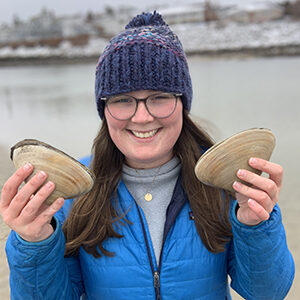
Leila Strebel
Graduate Research Assistant
School of Fisheries, Aquaculture and Aquatic Sciences, Auburn University
Auburn, Alabama 36849-5419 USA
-
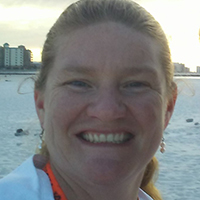
Melanie A. Rhodes, M.Sc.
School of Fisheries, Aquaculture and Aquatic Sciences, Auburn University
Auburn, Alabama 36849-5419 USA
-
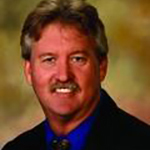
D. Allen Davis, Ph.D.
Professor
School of Fisheries, Aquaculture and Aquatic Sciences, Auburn University
Auburn, Alabama 36849-5419 USA
Tagged With
Related Posts
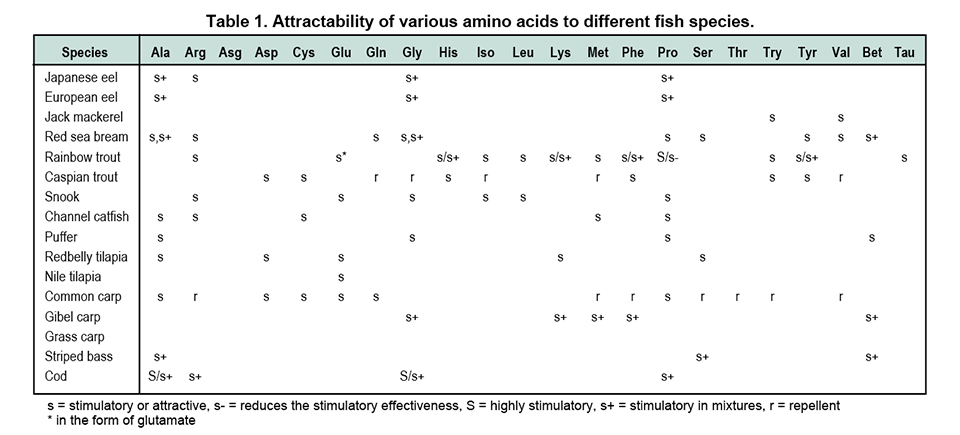
Aquafeeds
Attractants: The basics
Attractants are used in the aquafeed industry, where rapid identification and consumption of feed is very important in the aquatic environment.
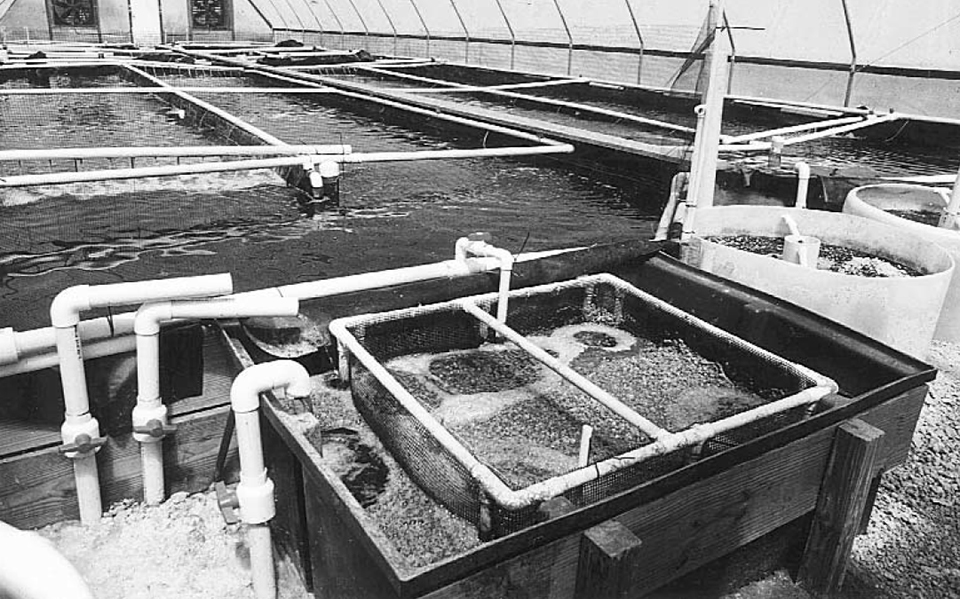
Aquafeeds
Feed management for RAS, part 1
RAS inputs and outputs are easily quantified, but even an efficient system will appear to have higher operating costs than a traditional pond.
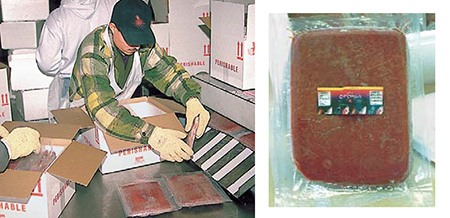
Aquafeeds
Tiny Arctic crustacean improves larval and broodstock diets
A tiny Arctic crustacean can boost larval and broodstock nutrition as the organism is analogous to artemia in some respects.
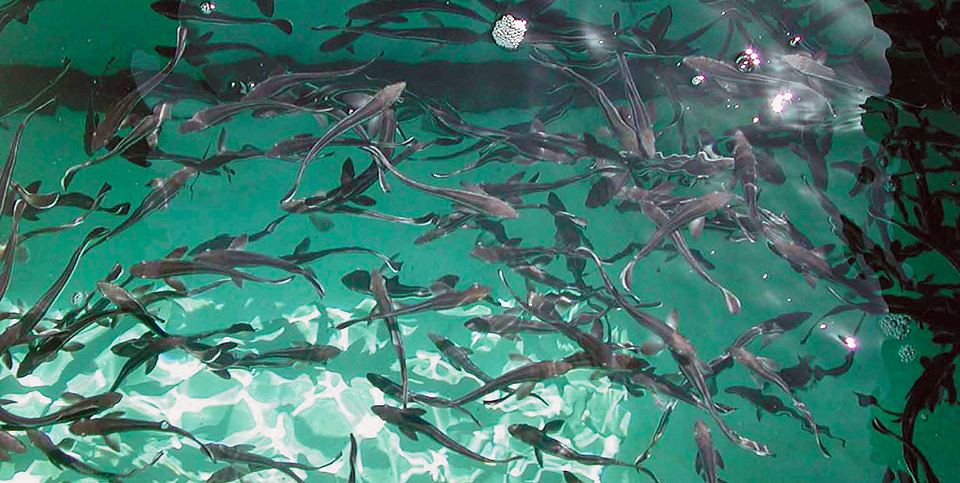
Aquafeeds
Weaning marine fish from live to dry diets presents challenges
Successful weaning of marine fish larvae from live feeds onto dry diets is a demanding process that requires hard work, patience and experience.


